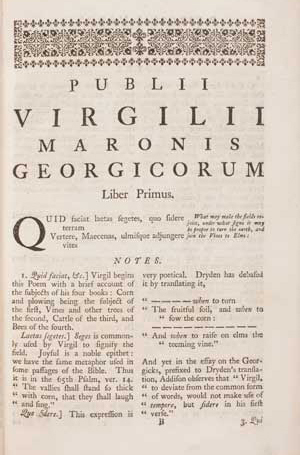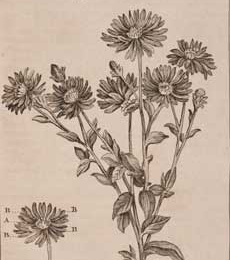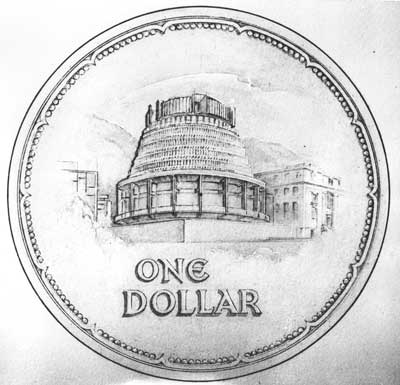The Georgics was the second official work by Virgil, ostensibly written to be poetic instruction for the proper care of one’s land and farm creatures. Following Virgil’s Eclogues and preceding the Aeneid, the Georgics was published around 38-32 BC.
Despite some scholars calling the Georgics merely an ancient version of a farming manual, it displays much more literary finesse than other manuals, such as Marcus Terentius Varro’s Res Rusticae. The Georgics does describe several agricultural methods and techniques, but is also an inspirational didactic poem of great elegance, which deploys many poetic devices such as similes and metaphors.
Like Sir Edmund Hillary, Virgil had exposure to the art of beekeeping (through his father) and learnt the importance of hard work from this interesting insect community. Virgil even dedicates much of the 4th Book of the Georgics to the characteristics of bees. It reflects the comfort Virgil found in nature, and the happiness that accompanied him in the countryside, away from the turbulence of the city.
Although shorter than the Aeneid, the Georgics is nonetheless an important poetic work. The poem places great emphasis on the hard work necessary to enjoy the benefits of farming, and can be admired for its lessons on the moral value of effort.



